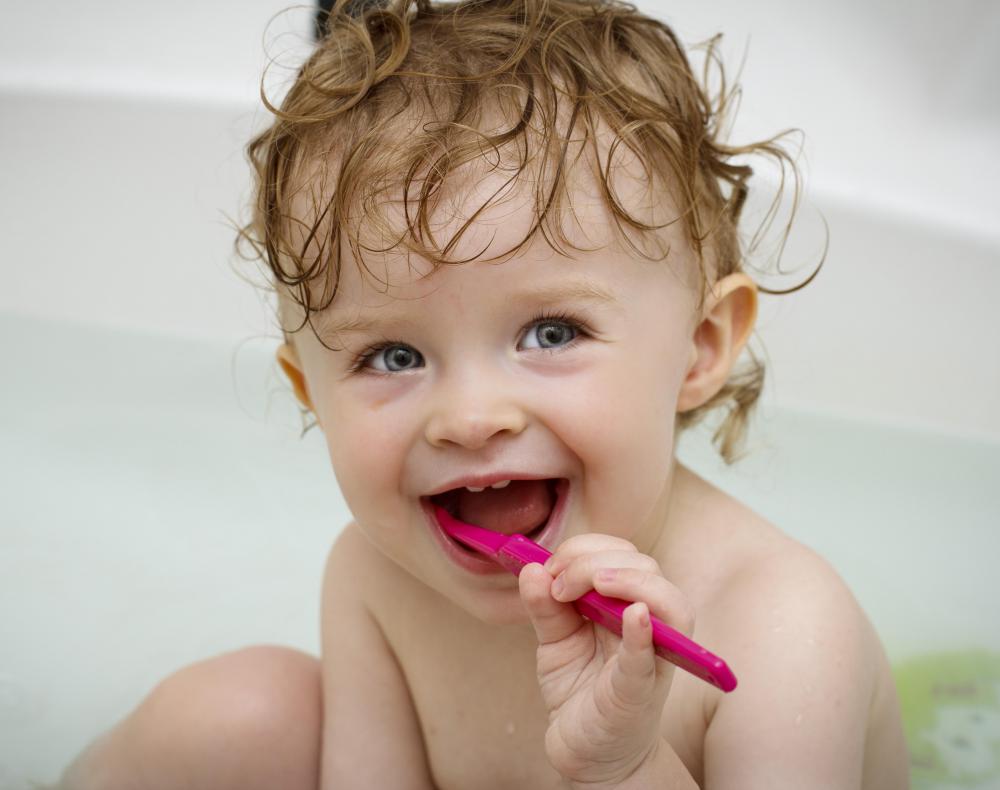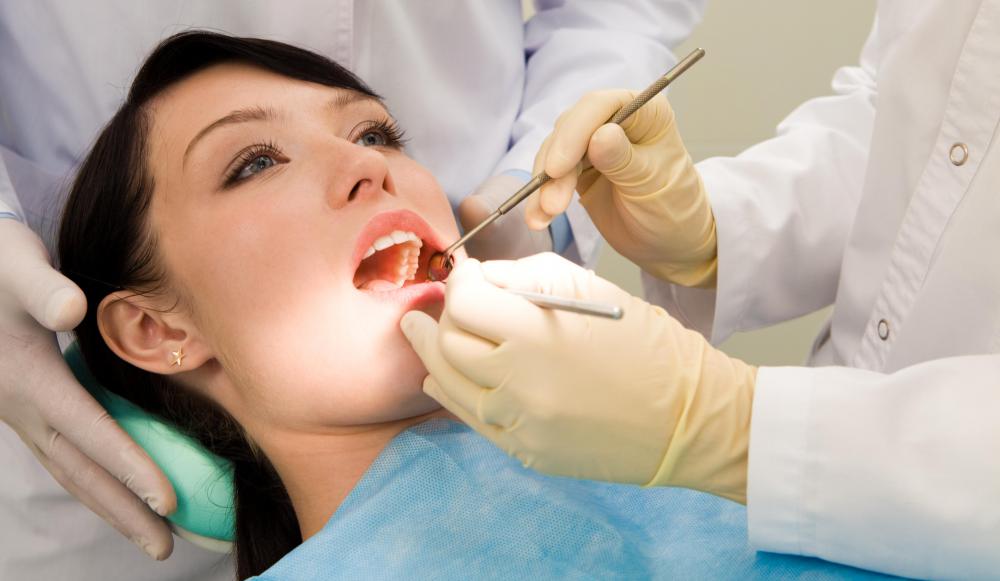At BeautyAnswered, we're committed to delivering accurate, trustworthy information. Our expert-authored content is rigorously fact-checked and sourced from credible authorities. Discover how we uphold the highest standards in providing you with reliable knowledge.
How do I Choose the Best Toothbrush Design?
To choose the best toothbrush design, you'll first have to consider bristles. The type, shape and arrangement of the bristles can considerably affect the effectiveness of the toothbrush. It would make sense that you should inspect bristles when shopping for a toothbrush, because the bristles usually are what distinguishes toothbrush designs from each other. Selecting the wrong toothbrush can lead to dental problems.
Toothbrush bristles can be made out of nylon or polyester, and both do a good job of removing plaque. Where you have choice is in the firmness of the bristles. Soft bristles generally are considered to be the best option, but toothbrushes also can come with medium or hard bristles. Using medium and hard bristles incorrectly, however, can damage your gums, tongue and cheek and contribute to the receding of gumlines and periodontal disease.

Contrary to popular belief, toothbrush design does not contribute to early bristle wear. Rather, bristle filament quality can be to blame for prematurely worn bristles. If your toothbrush is beginning to show signs of wear, bristle breakage or bristle splaying, consider switching to a new toothbrush. Remember that a toothbrush that is worn loses its effectiveness. Studies have shown that new a toothbrush can clean teeth 30 percent better than an old one.

Some companies put a lot of emphasis on toothbrush design. It's common to find a toothbrush design that can help remind you when to replace your toothbrush. Certain manufacturers incorporate colored bristles into their toothbrushes. When the color has faded away from them, the bristles indicate that it's time to change your toothbrush. Generally, though, you should replace your toothbrush every two to three months.
Ideally, the tips of the bristles should be rounded. Bristles that have angled or hard edges can be detrimental to your mouth's health. Using toothbrushes with angled or hard-edged bristles can damage oral tissue.

A good toothbrush design also will be multi-tufted, which means that it has multiple rows of bristles. You might be able to move the toothbrush easier and get to hard-to-reach spots using a multi-tufted toothbrush. If you're overwhelmed by all the toothbrush choices on the market, consider narrowing down your options by looking for one recommended by an organization such as the American Dental Association.
AS FEATURED ON:
AS FEATURED ON:















Discuss this Article
Post your comments